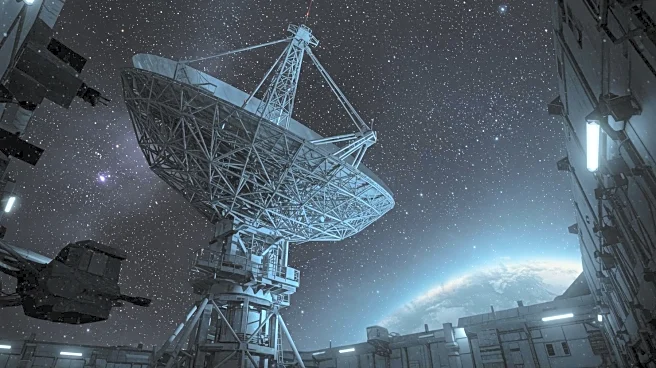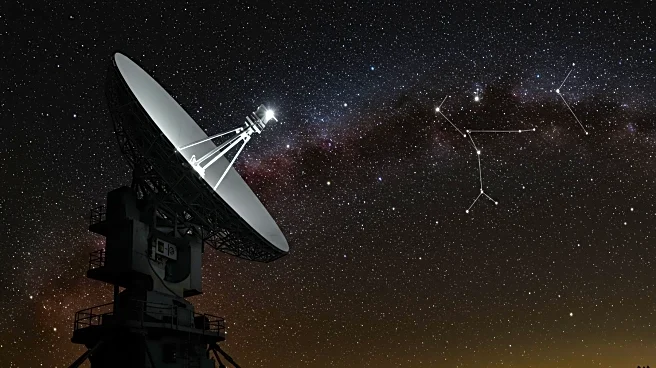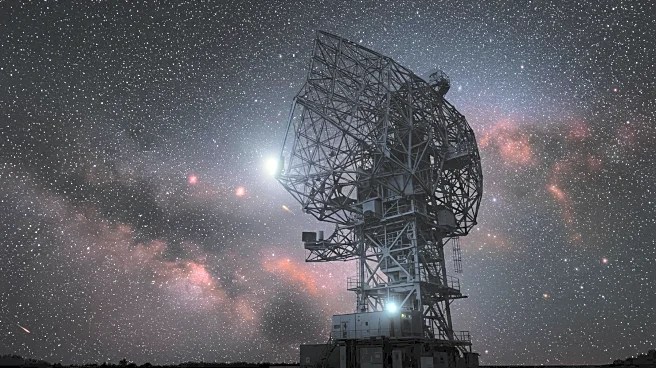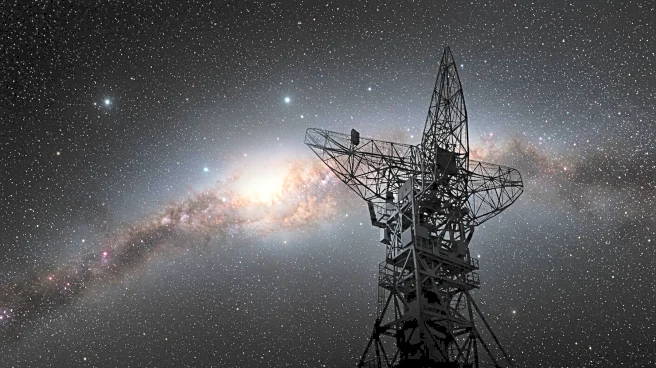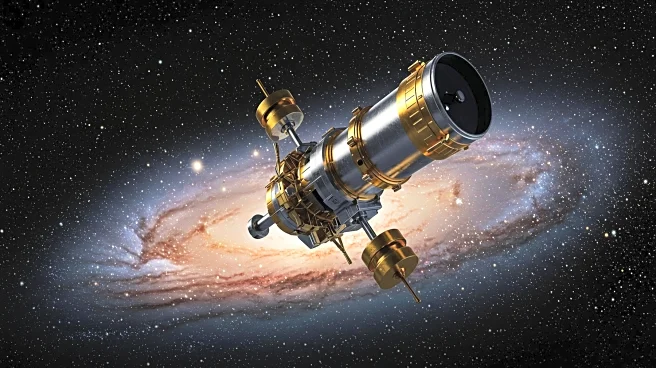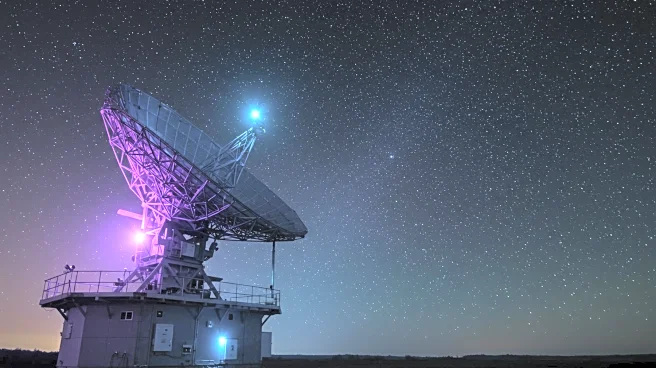What's Happening?
The Space Force's Deep Space Advanced Radar Capability (DARC) has reached a key testing milestone, tracking multiple satellites using seven antennas from a site in Australia. Developed by Northrop Grumman, DARC aims to detect and track space debris and hostile movements in geosynchronous orbit. The radar system is part of a partnership with Australia and the UK, with full operational capability expected by 2027. The recent tests demonstrate the system's readiness to scale and enhance space surveillance capabilities.
Why It's Important?
The development of DARC is crucial for improving space situational awareness and protecting U.S. and allied satellites from potential threats. The radar's ability to track objects in deep space enhances national security and supports international collaboration in space surveillance. As space becomes increasingly contested, DARC's capabilities are vital for maintaining strategic advantages and ensuring the safety of space assets.
What's Next?
Northrop Grumman will continue testing and scaling the radar system, with plans to build additional radars in the UK and other locations. The Space Force's collaboration with international partners may lead to further advancements in space surveillance technology. The project's progress will be closely monitored, as it plays a significant role in shaping future space defense strategies.
